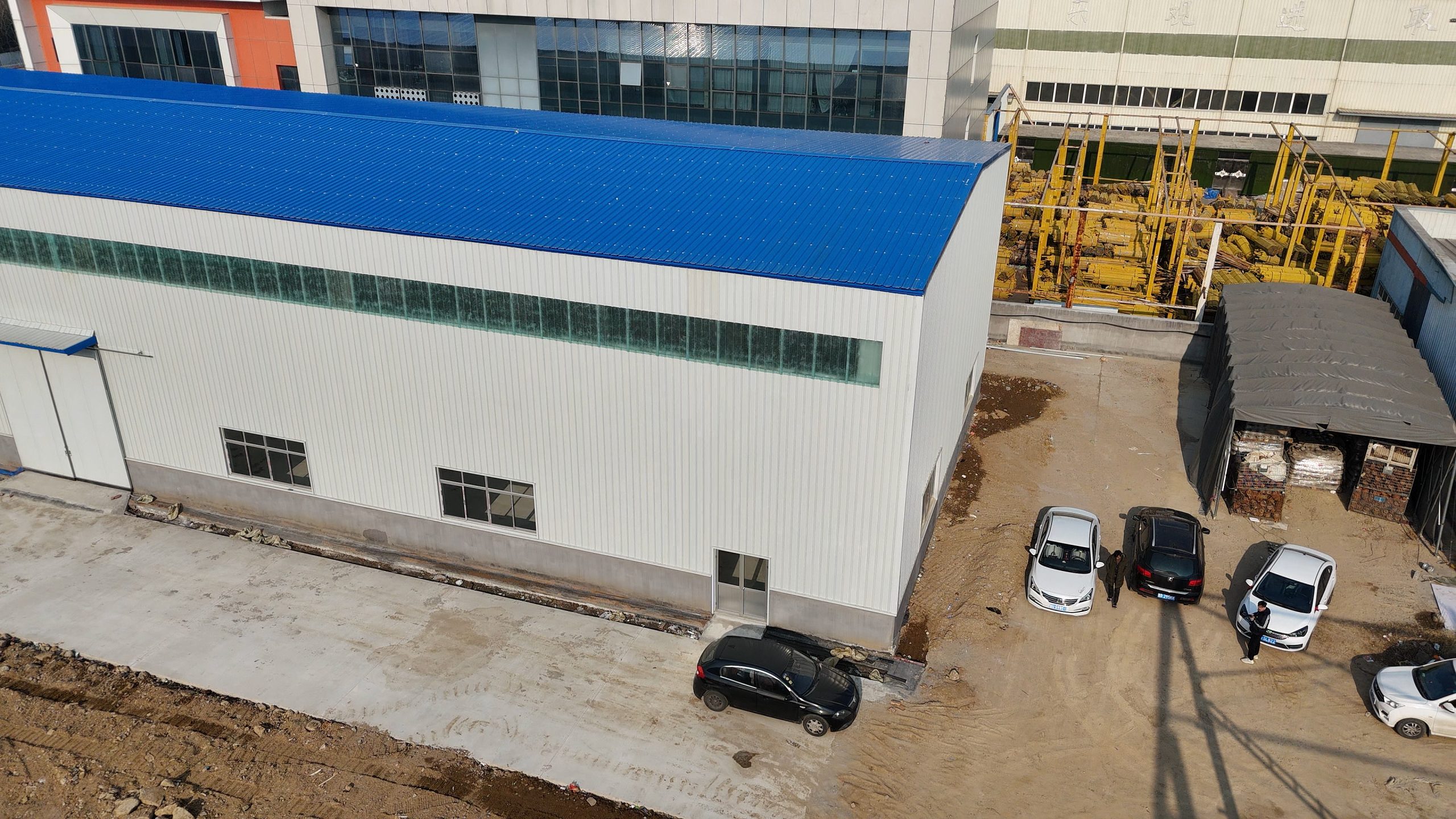Table of Contents
Exploring the Application and Effectiveness of Steel Wire Mesh in Various Construction Settings
Steel wire mesh and gypsum board are two common materials used in construction, each serving distinct purposes yet often intertwined in their applications. Understanding their differences and how they complement each other is crucial for achieving optimal results in construction projects across various settings.
Steel wire mesh, a versatile material made from interconnected steel wires, finds extensive use in construction for its strength, durability, and flexibility. It comes in various forms, including welded wire mesh and woven wire mesh, with different mesh sizes and Gauges catering to specific project requirements. One of its primary functions is reinforcement, providing structural support to concrete by distributing loads and minimizing cracking. In addition, steel wire mesh serves as a barrier against impact and abrasion, enhancing the longevity and resilience of concrete structures.
In contrast, gypsum board, commonly known as drywall or plasterboard, is a lightweight building material composed of a gypsum core encased in paper. Its widespread adoption in construction stems from its ease of installation, fire resistance, and acoustic properties. Gypsum board serves primarily as an interior finishing material, providing smooth surfaces for painting and decoration while also contributing to sound insulation and fire protection.
Despite their distinct roles, steel wire mesh and gypsum board often intersect in construction applications, particularly in building facades and partitions. In these scenarios, steel wire mesh serves as a reinforcement layer for exterior finishes, such as stucco or EIFS (Exterior Insulation and Finish System), enhancing their durability and impact resistance. Meanwhile, gypsum board serves as the interior lining, offering a clean and uniform surface for interior finishes while also providing additional fire protection.
In industrial settings, steel wire mesh plays a vital role in Safety applications, such as fencing and machine guarding. Its robustness and flexibility make it suitable for creating secure enclosures and barriers, protecting workers and equipment from hazards. Gypsum board, on the other hand, finds limited use in industrial environments due to its susceptibility to moisture and mechanical damage. However, it may still be employed in administrative and office areas within industrial facilities for partitioning and interior finishing.
In the realm of infrastructure, steel wire mesh is indispensable for reinforcing concrete structures such as bridges, retaining walls, and pavements. Its high tensile strength and corrosion resistance ensure the longevity and structural integrity of these vital components of transportation networks. Meanwhile, gypsum board plays a negligible role in infrastructure construction, primarily confined to ancillary structures such as toll booths and control rooms.

In conclusion, while steel wire mesh and gypsum board serve distinct purposes in construction, their application often overlaps, especially in building facades, partitions, and safety enclosures. Steel wire mesh provides structural reinforcement and impact resistance, whereas gypsum board offers interior finishing and fire protection. Understanding the synergies between these materials is essential for optimizing construction outcomes across various settings, ensuring both structural integrity and aesthetic appeal. Whether in commercial, residential, industrial, or infrastructure projects, the effective utilization of steel wire mesh and gypsum board contributes to the durability, safety, and functionality of built environments.

